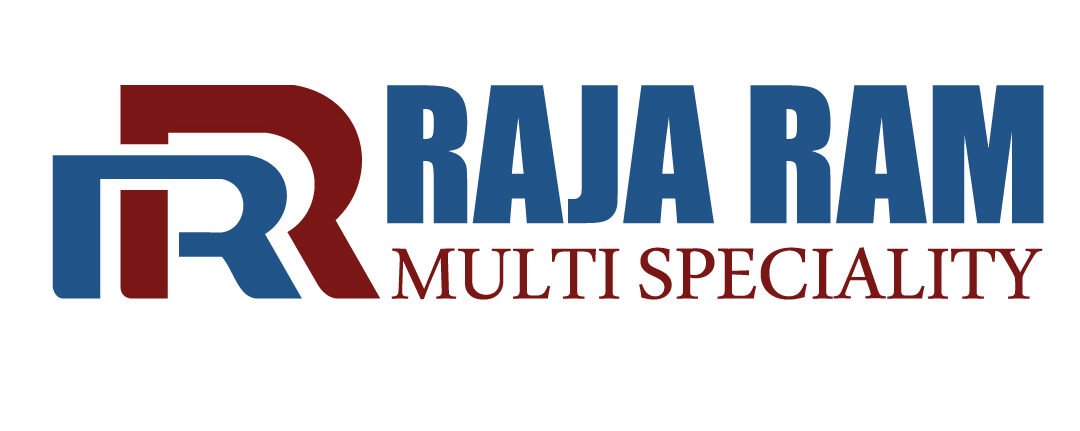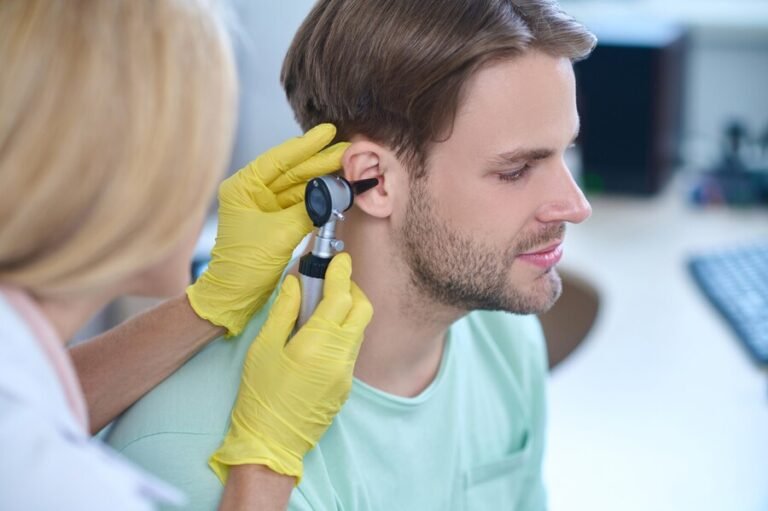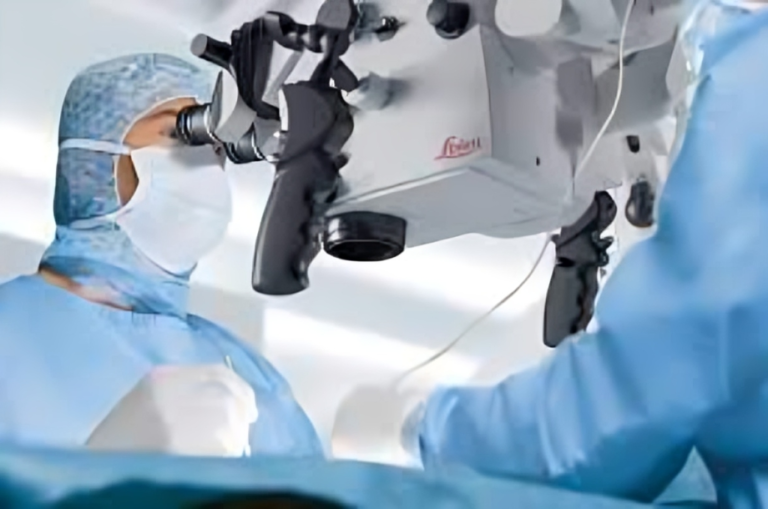Embracing Technological Prowess: The Transformative Landscape of Computerized Audiology.
The field of audiology has undergone a remarkable metamorphosis with the integration of cutting-edge technology, giving rise to the era of computerized audiology. This groundbreaking approach leverages sophisticated software, algorithms, and digital tools to revolutionize the assessment, diagnosis, and treatment of hearing-related issues. In this article, we will explore the multifaceted dimensions of computerized audiology, delving into its applications, benefits, and the transformative impact it has on the overall auditory healthcare landscape.
To Know More About It Please Click Here
The Rise of Computerized Audiology
Traditional audiological practices often relied on manual assessments, subjective patient feedback, and analog devices. The emergence of computerized audiology signifies a seismic shift towards a more precise, objective, and efficient paradigm. The fusion of advanced technology with audiological practices has paved the way for a host of innovations, significantly enhancing the accuracy and effectiveness of diagnostics and interventions.
- Precision Diagnostics with Automation: Computerized audiology introduces a level of precision previously unattainable. Automated audiometry, for instance, employs algorithms to dynamically adjust sound levels during testing, minimizing human error and delivering more accurate results. This not only expedites the testing process but also ensures reliability in diagnostic outcomes.
- Otoacoustic Emissions (OAE) Revolution: The realm of OAE testing has been transformed through computerization. Real-time data analysis and advanced algorithms enable audiologists to obtain instantaneous insights into cochlear function, enhancing the diagnostic capabilities of OAE assessments.
- Speech Processing and Perception: Advanced computer algorithms play a crucial role in evaluating speech perception and processing. Audiologists can now utilize computerized systems to assess an individual’s ability to comprehend speech in diverse environments, leading to more nuanced and tailored rehabilitation plans.
- Personalized Hearing Solutions: Computerized audiology facilitates a highly personalized approach to hearing solutions. Through sophisticated software, audiologists can fine-tune hearing aids to match the unique auditory needs and preferences of each individual, maximizing comfort and efficacy.
- Teleaudiology’s Reach: The integration of technology has birthed teleaudiology, allowing for remote assessments, consultations, and follow-ups. This not only enhances accessibility to audiological care but also addresses geographical barriers, ensuring that individuals in remote locations have access to quality hearing health services.
Challenges and Future Horizons
While the prospects of computerized audiology are vast, challenges such as digital literacy, accessibility to technology, and data security must be navigated. Ongoing research and development will be critical to expanding the capabilities of computerized audiology and ensuring that it remains at the forefront of auditory healthcare innovation.\
To Know More About It Please Click Here
Conclusion
Computerized audiology stands as a testament to the power of technology in transforming healthcare practices. From precision diagnostics to personalized interventions and remote accessibility, the amalgamation of sophisticated software and audiological expertise heralds a new era in hearing health. As we navigate the ever-evolving landscape of computerized audiology, the promise of improved patient outcomes, increased accessibility, and continual innovation paints a bright future for the auditory healthcare domain.








